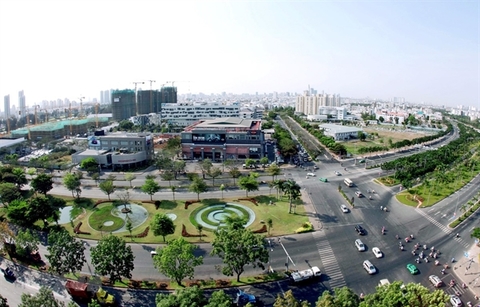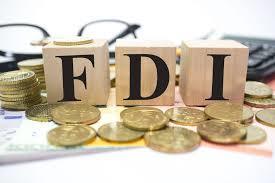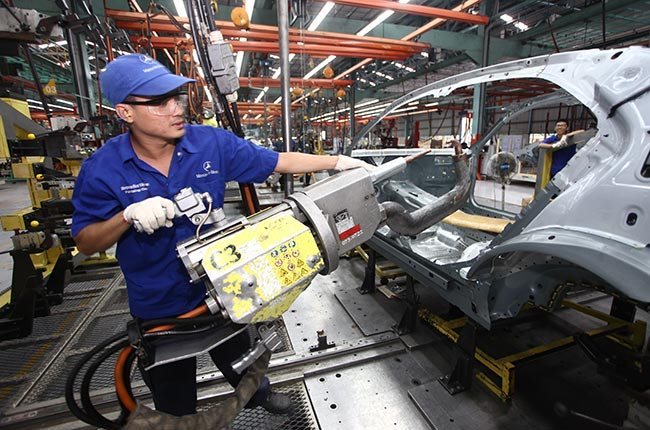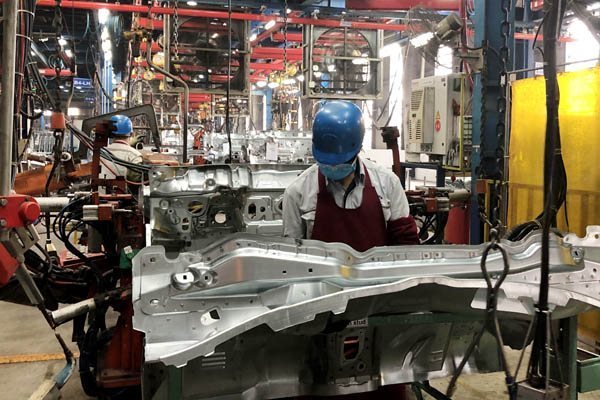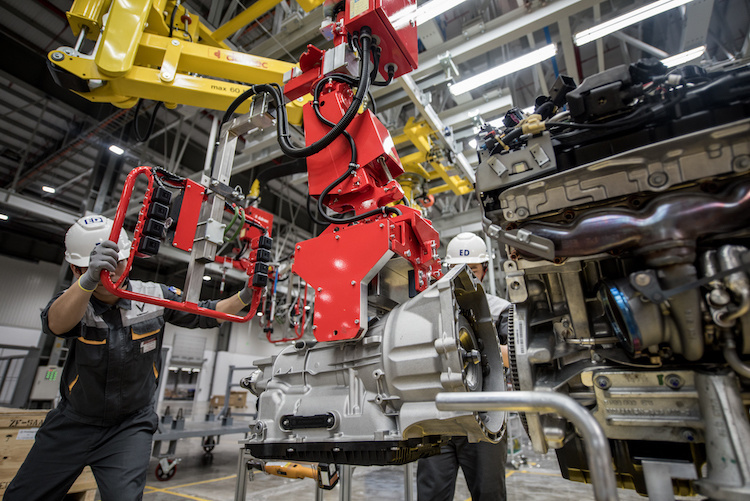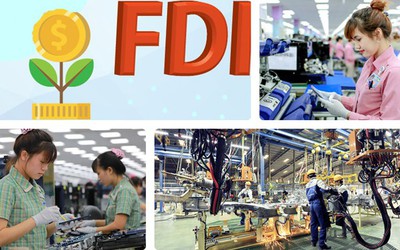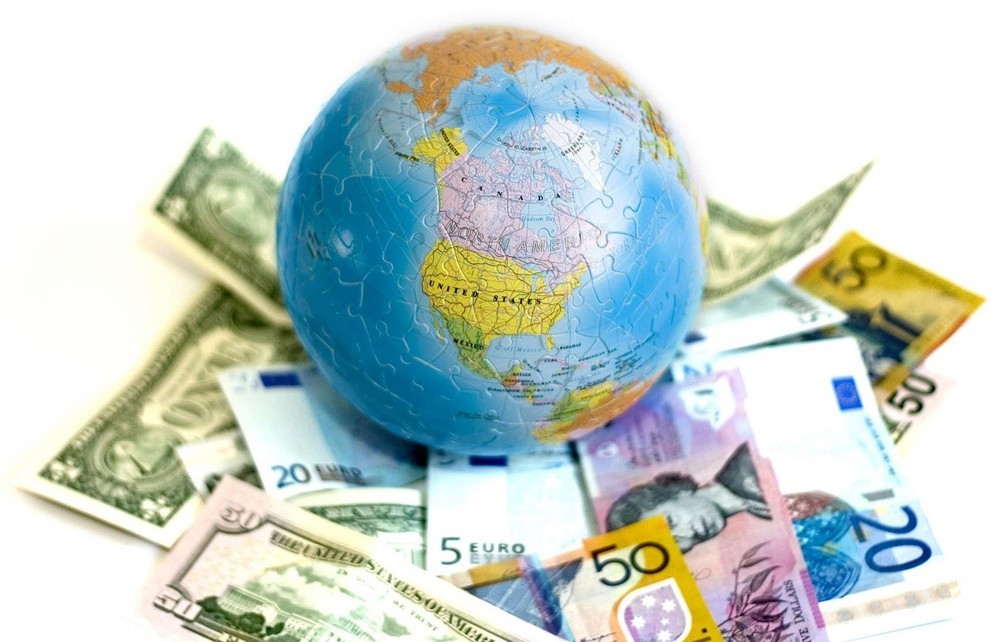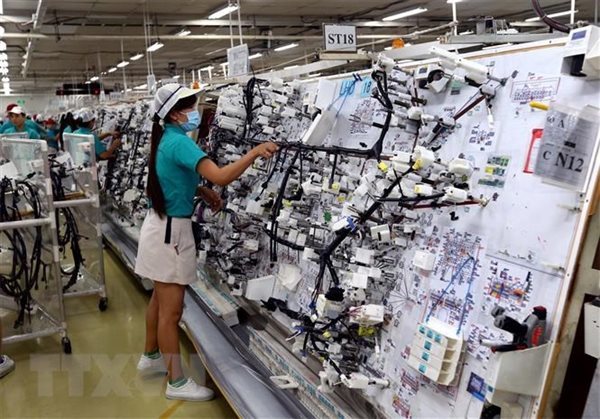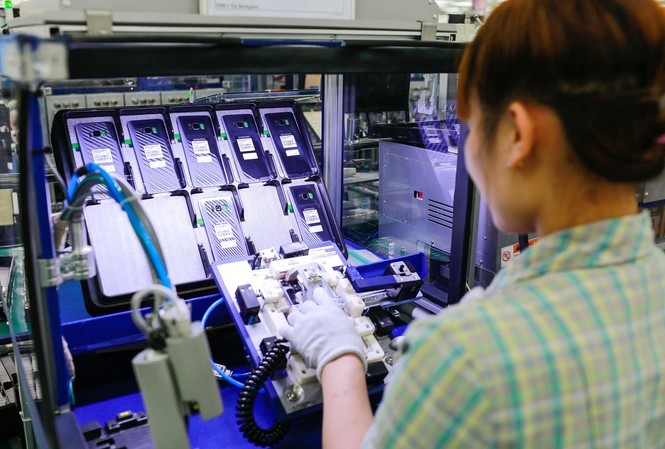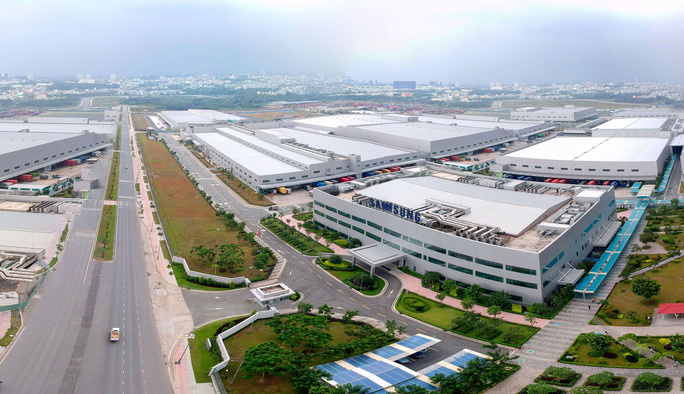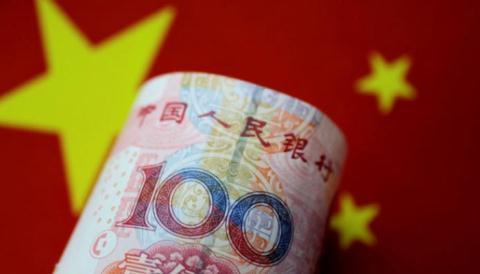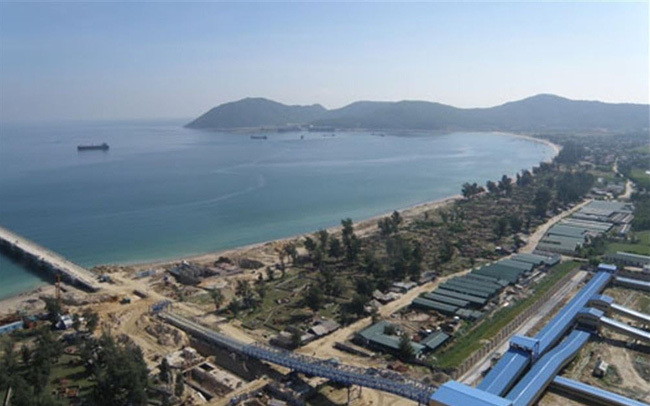- © Copyright of Vietnamnet Global.
- Tel: 024 3772 7988 Fax: (024) 37722734
- Email: evnn@vietnamnet.vn
FIA
Update news FIA
$4 billion LNG project helps Bac Lieu lead in FDI attraction
Bac Lieu ranked first among 63 provinces and cities in term of foreign direct investment attraction in the first nine months of this year, with projects including an LNG-to-power project worth US$4 billion from Singapore.
Vietnam receives over US$21 billion in foreign investment over nine months
By September 20 the total amount of foreign investment capital in new and existing projects through adjustment, capital contribution, and share purchases reached a figure of over US$21 billion, equal to 81.1% from last year’s corresponding period.
How to attract high-quality foreign direct investment
Industrialization requires high-quality foreign direct investment (FDI). Many issues must be addressed, including how to developed a skilled workforce.
New strategy needed for coming FDI wave
 There is a new FDI capital flow heading for Southeast Asian countries, but analysts say it is not easy for Vietnam to grab the opportunities.
There is a new FDI capital flow heading for Southeast Asian countries, but analysts say it is not easy for Vietnam to grab the opportunities.
Quad+ dialogue offers great opportunities for Vietnam’s enterprises
 The Quad countries’ economic prosperity network plan is expected to bring great opportunity to Vietnam’s enterprises.
The Quad countries’ economic prosperity network plan is expected to bring great opportunity to Vietnam’s enterprises.
What are Vietnam's advantages in attracting foreign investment?
 Vietnam has great advantages over its rivals to attract foreign investors, including low costs, an advantageous position, and stable exchange rate and institutional mechanisms.
Vietnam has great advantages over its rivals to attract foreign investors, including low costs, an advantageous position, and stable exchange rate and institutional mechanisms.
Vietnam vows to 'catch' new FDI flow
 Gaining great achievements in the fight against Covid-19 with membership in many FTAs, Vietnam can attract FDI but it is not the only country competing for projects.
Gaining great achievements in the fight against Covid-19 with membership in many FTAs, Vietnam can attract FDI but it is not the only country competing for projects.
Vietnam set to welcome dual investment flows following COVID-19
 Despite FDI shown signs of a slowdown as a result of the negative impact of COVID-19, experts believe that the nation will be able to welcome an array of fresh dual investment after the pandemic.
Despite FDI shown signs of a slowdown as a result of the negative impact of COVID-19, experts believe that the nation will be able to welcome an array of fresh dual investment after the pandemic.
Despite Covid-19, Vietnam still attracts foreign direct investments
 Despite the 21 percent decrease in FDI decrease in Q1, Kizuna, which leases ready-made workshops in Long An province, is still moving ahead with its plan to expand production.
Despite the 21 percent decrease in FDI decrease in Q1, Kizuna, which leases ready-made workshops in Long An province, is still moving ahead with its plan to expand production.
Foreign capital pouring into Vietnam: an opportunity or a challenge?
 The foreign capital inflow into Vietnam through M&As soared in the first nine months of the year, raising concerns about an economic crisis like the one that occurred 10 years ago.
The foreign capital inflow into Vietnam through M&As soared in the first nine months of the year, raising concerns about an economic crisis like the one that occurred 10 years ago.
Can Vietnam absorb increased FDI capital flow?
 The investment capital keeps flowing to Vietnam, bringing concerns about the country's capability to absorb such a high level of capital resources.
The investment capital keeps flowing to Vietnam, bringing concerns about the country's capability to absorb such a high level of capital resources.
Vietnamese SOEs’ outward investment projects take big losses
 The losses incurred by state-owned enterprises (SOEs) from outward investment projects in 2018 reached $367 million, a sharp increase of 265 percent compared with 2017, a report shows.
The losses incurred by state-owned enterprises (SOEs) from outward investment projects in 2018 reached $367 million, a sharp increase of 265 percent compared with 2017, a report shows.
Vietnam worried as high-quality FDI declines
 The foreign direct investment (FDI) flow to Vietnam in the first eight months of the year did not increase as expected, but instead fell sharply.
The foreign direct investment (FDI) flow to Vietnam in the first eight months of the year did not increase as expected, but instead fell sharply.
Vietnam’s GDP too heavily dependent on foreign-invested enterprises: economists
 Commenting about the reliance of Vietnam’s economy on FIEs (foreign invested enterprises), one economist noted that “when FIEs sneeze, the Vietnamese economy catches a cold".
Commenting about the reliance of Vietnam’s economy on FIEs (foreign invested enterprises), one economist noted that “when FIEs sneeze, the Vietnamese economy catches a cold".
Vietnam considers new strategy on FDI
 Southeast Asia including Vietnam have emerged as destinations for investors in the reallocation of investment flow, especially capital flow from China.
Southeast Asia including Vietnam have emerged as destinations for investors in the reallocation of investment flow, especially capital flow from China.
FIEs favored while Vietnamese enterprises at a disadvantage
 The problems caused by FIEs, such as transfer pricing and investment under others’ names, have been noted in the Party Politburo’s Resolution 50 for the first time.
The problems caused by FIEs, such as transfer pricing and investment under others’ names, have been noted in the Party Politburo’s Resolution 50 for the first time.
Vietnam told not to entertain illusions about FDI
 Vietnam offers big incentives to foreign investors to attract investments, but the benefits from FDI have been modest, experts say.
Vietnam offers big incentives to foreign investors to attract investments, but the benefits from FDI have been modest, experts say.
Chinese FDI: Vietnam needs to assess carefully to prevent risks
 Saying that there is no discriminatory treatment to investment sources, experts have stressed that Vietnam needs a tool to ‘filter’ capital to prevent risks.
Saying that there is no discriminatory treatment to investment sources, experts have stressed that Vietnam needs a tool to ‘filter’ capital to prevent risks.
Coastal economic zones struggle to attract investment
 Coastal economic zones (EZs) were established with an aim to help attract more investment, but they have not brought the desired effects.
Coastal economic zones (EZs) were established with an aim to help attract more investment, but they have not brought the desired effects.
Experts predict FDI in Vietnam to speed up
 In the face of escalation of the US-China trade conflict, FDI to Vietnam will increase, with most of it coming from South Korea, China, Hong Kong and Taiwan.
In the face of escalation of the US-China trade conflict, FDI to Vietnam will increase, with most of it coming from South Korea, China, Hong Kong and Taiwan.
